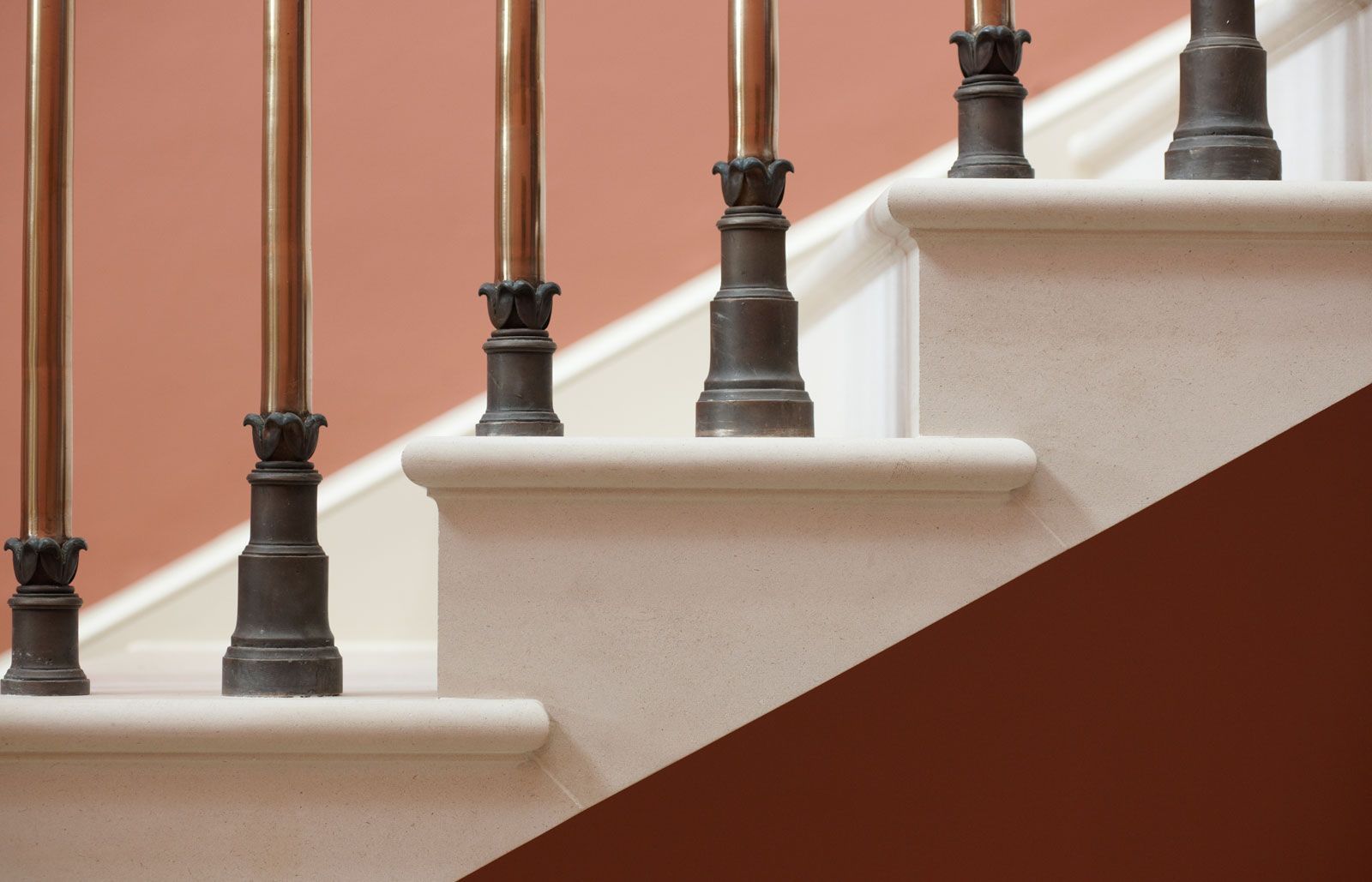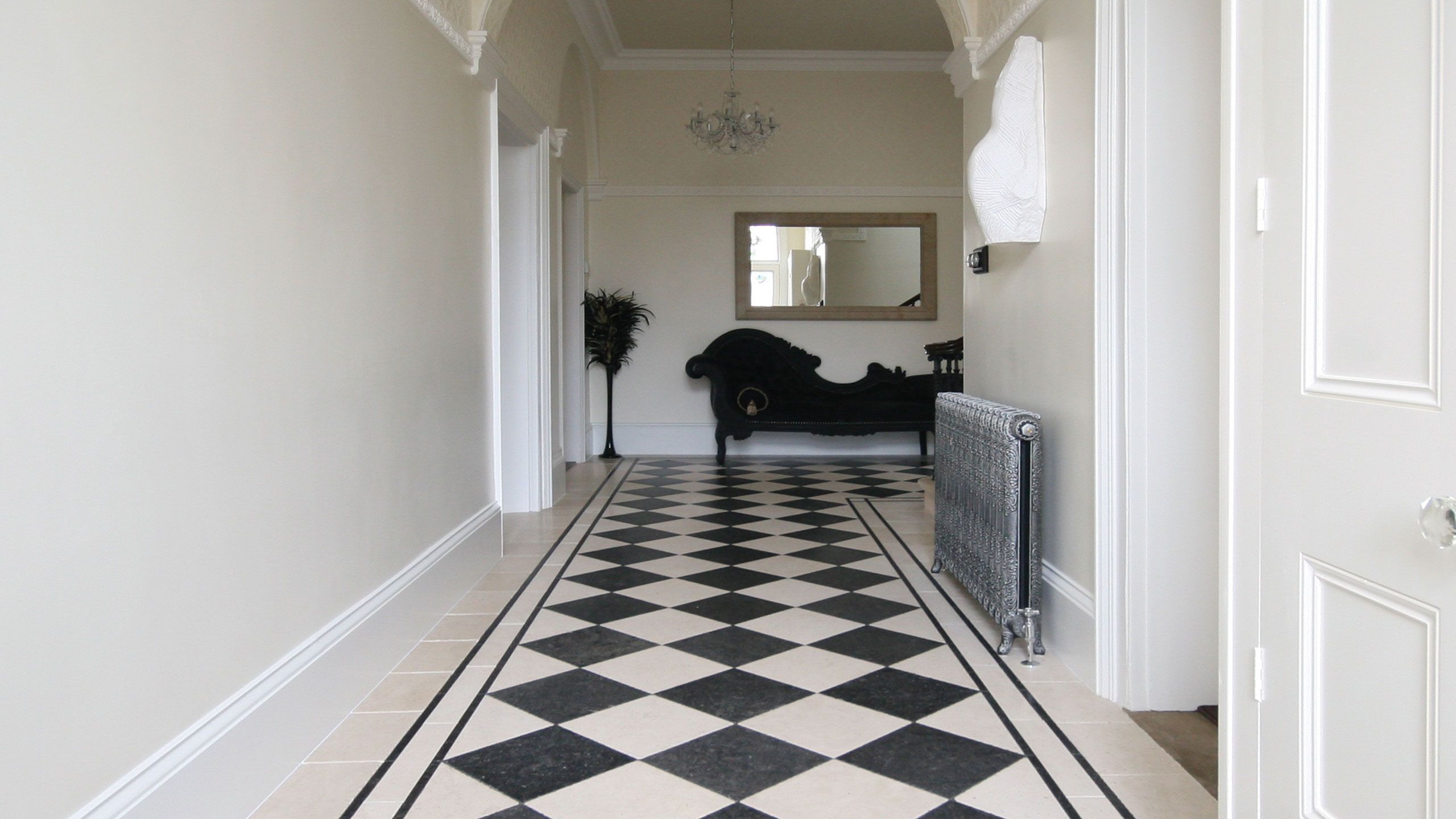Frequently Asked Questions

Not necessarily so. Stone absorbs ambient heat and so usually feels only slightly cooler than room temperature. It is extremely good at storing heat - if you've ever walked on a Mediterranean rock after the sun has gone down, you'll understand this perfectly. So a stone floor will feel toasty warm next to the Aga. Stone also works brilliantly well with underfloor heating, as it disperses the heat so well.
No more so than any other surface such as linoleum, wood or ceramic. Stone or any other surface can be slippery if the floor is both dirty and wet.
Once stone has been protected properly with recommended penetrators or sealants such as Lithofin Stainstop it will be, for the most part, stain resistant. These sealants or protectors are invisible and so protect your floor without leaving a visible coating.
Even very hard stone will scratch - it is all part of the wearing process. Eventually the scratches will disappear into the general patina of the floor. One can argue that a five-year old floor will be even more attractive than a brand new one.
Sweep the floor regularly. Wash as necessary with a mild soap such as Lithofin Easy-Care. The French use Savon de Marseille, which is more normally used for washing woollens. The Norwegians use Green Soap. Regular washing with the right soap helps to keep the floor "healthy". For more comprehensive notes on protecting, cleaning & maintaining your stone floor see the notes in our Technical Data section.
Usually it's a question of colour, tonal variation and markings. For a more formal room such as a hallway or conservatory you may not want a strongly-coloured stone; choose a more neutral one such as Atlas or Piedra Plana Extra (PPX), a versatile off-white limestone. For a kitchen with a lot of daylight, you may want to choose one of the darker stones such as the characterful Acero greeny-grey limestone or our mid-grey flecked Italian Basalt.
The most common sizes are 400 x 400 mm, 600 x 400m, 800 x 400mm and 600 x 600mm, though with a suitably large order Stone Age will supply stone in any size. We offer a range of flooring patterns.
This will depend on the sort of room you have, formal or informal. For instance a square tile set on the diagonal looks extremely good in a conservatory, with or without tozzettos in each or every other corner. Rectangles or running lengths may look better in a country kitchen. As a rule of thumb: the bigger the room, the larger the tile.
You can lay stone on any surface provided it is strong and rigid enough. You may need to reinforce the floor. Stone Age can advise on the most appropriate way of preparing your floor. You should also study the notes provided in our Technical Data section on this website.

